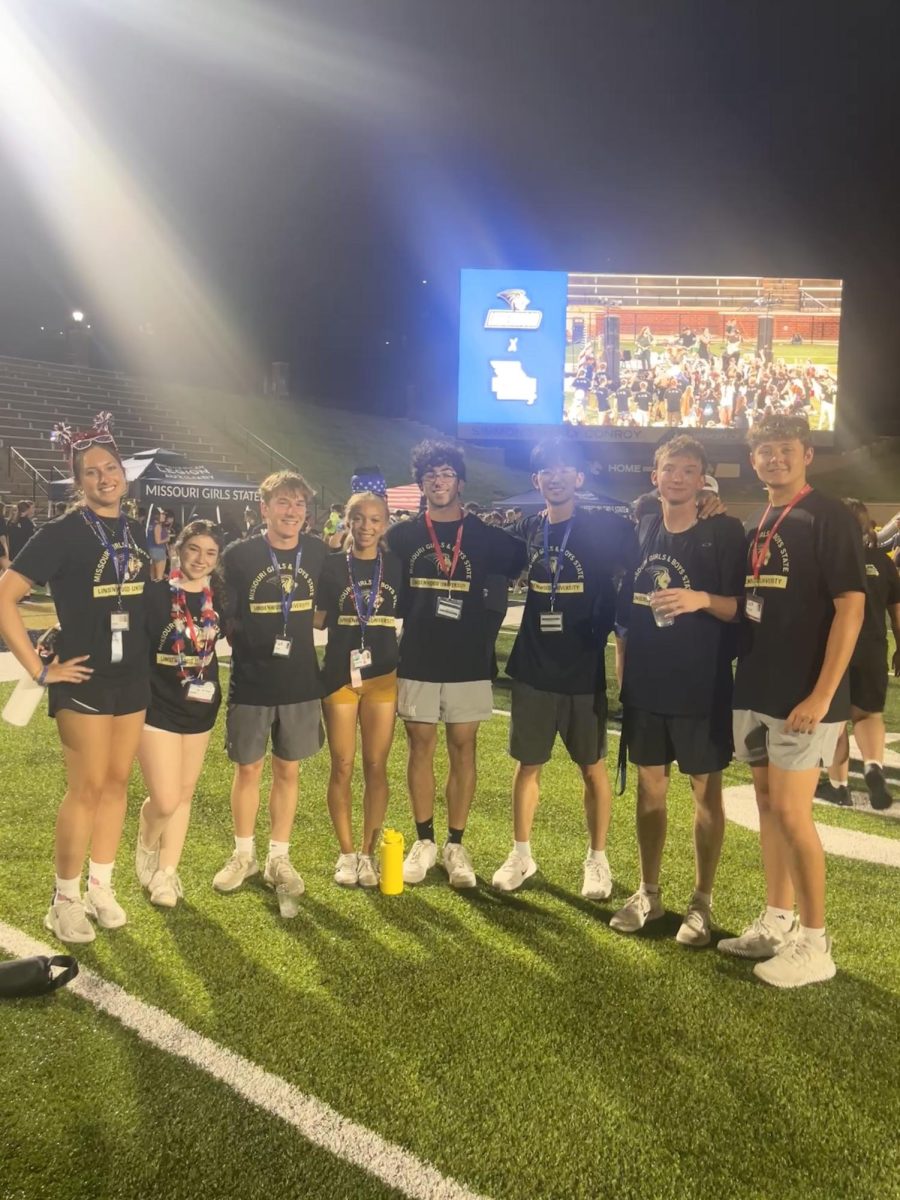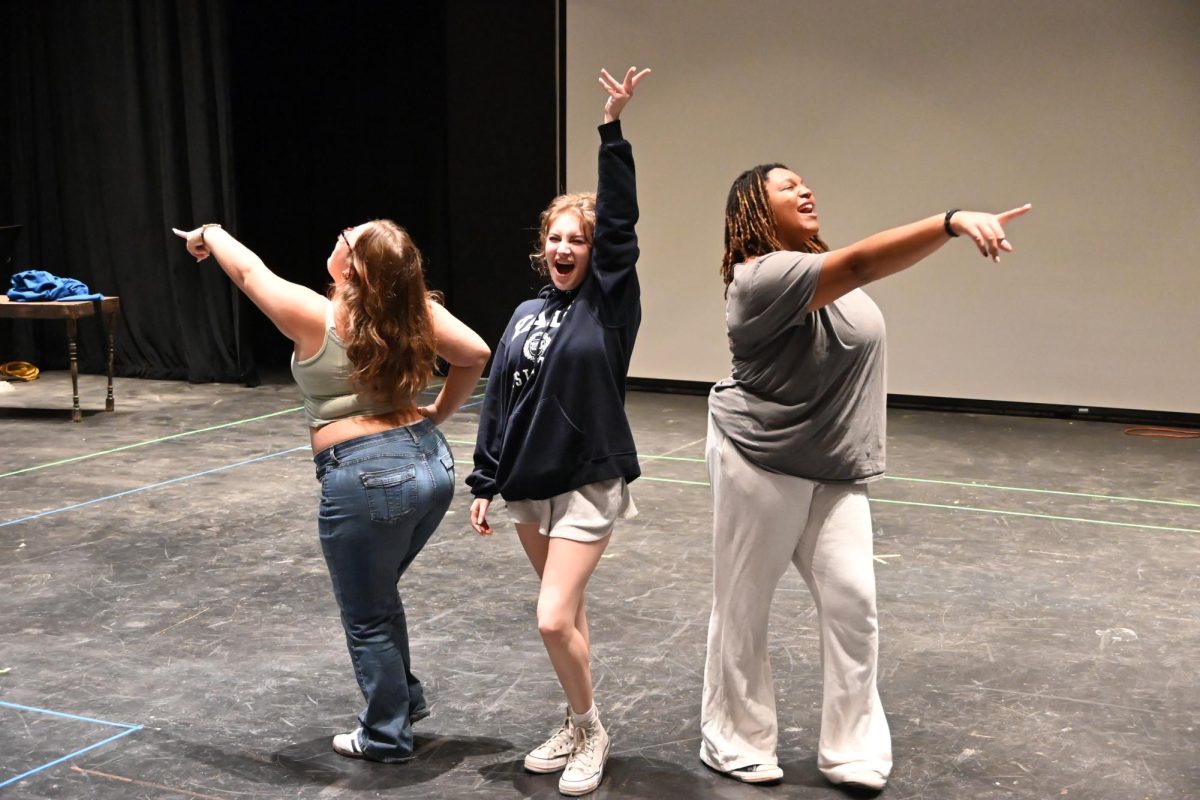Crossing the street, sporting events, car accidents, and heart conditions. These seemingly unrelated incidents have one thing in common: they have all caused concussions.
“I don’t remember getting hit by the car,” senior Kevin Aquino said. “Before I was hit I was looking down the road to see if I could go, and then I was in an ambulance answering questions.”
On Nov. 16, Aquino was crossing the street on his way to Panera Bread when he was hit by a car that he didn’t see. Due to a brain bleed, Aquino was required to stay in the intensive care unit for three days, where he was also diagnosed with a concussion.
According to Raman Malhotra, Associate Professor of Neurology at St. Louis University School of Medicine, a concussion is a type of traumatic brain injury caused by a bump or jolt to the head, or possibly a hit to the body that causes the head or body to move. This sudden movement causes the brain to bounce inside the skull, jolting brain cells.
“I had a solid month where I wasn’t allowed to do anything: no TV, no screens, no reading; so I had to sit there and be bored,” Aquino said. “I was really tired — I slept a lot, which is great for a high school student.”
In addition to missing the rest of first semester, including finals, Aquino had to drop German 5, AP Physics and Calculus. Also, even though Aquino being mostly recovered from the accident, he still has $2,000-$3,000 in medical bills, and he is not alone.
“It was $28 grand between all of the hospital bills, and then treatment was another $11 grand,” junior Hannah Maurer said. “That’s $39 grand, and insurance covered none of it.”
Maurer sustained two concussions in a period of 17 days due to a heart condition known as aortic valve stenosis which, according to Maurer, is where one valve narrows while the other becomes greater, causing a lack of blood flow that can lead to fainting, which contributed to both of Maurer’s concussions.
“I think the first one affected me a lot more,” Maurer said. “The pain in my head got so bad that I wasn’t eating and drinking anything. The second one didn’t really affect me because I was numb to the feeling of the concussion.”
Maurer said she still feels the affects from both concussions, suffering from headaches that are caused by post-concussion syndrome. If someone doesn’t properly allow their brain to rest and heal, then some symptoms can become permanent, according to Malhotra.
Like Aquino, Maurer had to refrain from television, screens, reading, bright lights and loud sounds. However, unlike Aquino, Maurer sustained both concussions over the summer and didn’t have to miss any school.
Other injuries that she sustained due to the concussions included a broken nose, a busted lip, various cuts that required stitches and a tooth that turned all the way around.
“I was in a really bad state physically where I didn’t like how I looked with the blood and stuff, so I kind of secluded myself,” Maurer said. “Now I flaunt my scars. I have a ton underneath my chin and have about eight or nine total.”
Students aren’t the only ones to experience major concussions either. Science teacher Lee Johnson was driving his car on Highway 70 to pick up his son on Feb. 12, 2016, when he was involved in a car accident.
“I was driving, and then I wasn’t,” science teacher Lee Johnson said. “I’m just happy to be alive.”
In addition to a concussion, Johnson also sustained injuries to his back and neck. His injuries required him to stay in the hospital for just under 24 hours, where he was diagnosed with the concussion.
“The lights were very bothersome so I talked in the dark,” Johnson said. “My life consisted of pretty much just trying to get through the day.”
With the help of colleagues, Johnson was able to receive lesson plans that other teachers created. His normal schedule was altered, having half days of work for a number of weeks until he could resume teaching as normal.
“I had an almost 2-year-old at the time who didn’t quite understand why I wasn’t playing with him as much,” Johnson said. “I couldn’t do stuff around the house. It was a very frustrating time.”
Johnson also had to stop running with the Students on the Go! program that trains for a half marathon in April.
“I think it’s a matter of there’s a lot of things you take for granted,” Johnson said. “The realization I think I came to is you can’t really look at someone and tell that they’re struggling with issues.”
Categories:
Consequences of Concussions: Community faces recovery head on
Maddie Lee
•
April 10, 2017
Story continues below advertisement
0
Donate to Corral
$200
$500
Contributed
Our Goal
Your donation will support the student journalists of Parkway Central High School. Your contribution will allow us to cover our annual website hosting costs.



